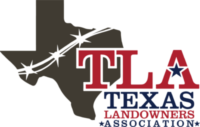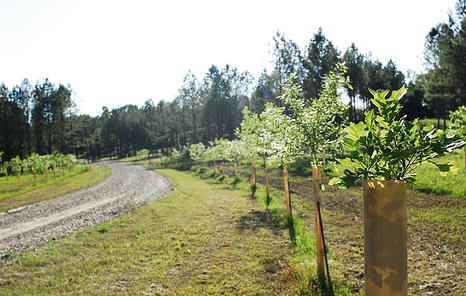
Trees Planted along Driveway in Texas
Strategic Tree Planting: Custom Design Your Woods
Our fascination with trees arises from their beauty, resilience, and longevity. Trees that people find most captivating or impressive are always the biggest, tallest, and oldest. When you see an ancient tree that seems to stretch indefinitely into the sky, it evokes a sense of awe and wonder. We can’t help but feel a deep respect bordering on reverence for the time and effort it takes for a living thing to grow into such a stately presence.
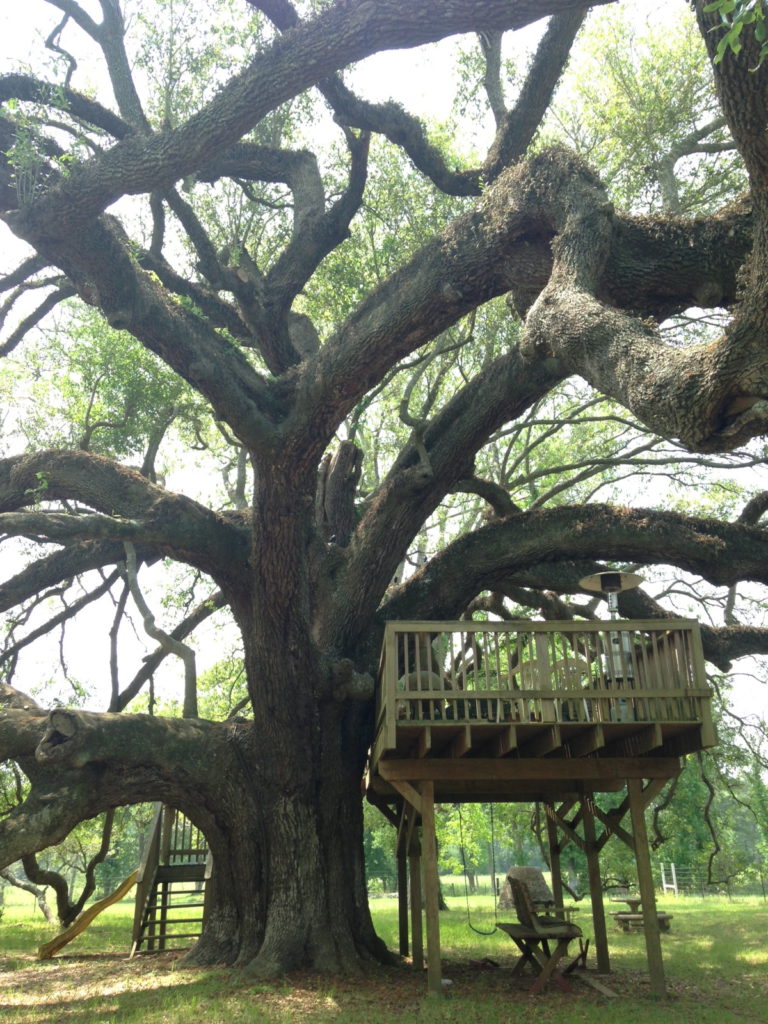
Oddly enough, that same aspect of time and effort is the one thing that keeps most landowners from wanting to plant them. One of the most common concerns we hear when we suggest planting trees is that they are such a long-term investment. Many landowners would rather put their time, effort, and money into improvements that will produce results in a much shorter time frame.
We often hear “I’d love to plant some trees for my kids and grandkids, but what can we do to see some results in my lifetime?” Most people see tree planting as something done for the good of posterity. While that is certainly true, tree planting can make a difference on your property here and now. Plant the right species in the right spot, and you can provide immediate benefits to you and the habitat. A planting design and strategy should definitely be based on a long-term plan, but there are many short-term benefits to be gained.
Planting Trees for Wildlife Habitat
Planting trees is one of the most influential things you can do to improve wildlife habitat. A tree can provide two of the three elements wildlife need to survive (food and shelter, with water being the third) in a single package.
Tree roots can aid in erosion control and improve water quality; even trees that are only a few years old. Strategically designed tree placement can transform the appearance of a property and greatly enhance aesthetic appeal.
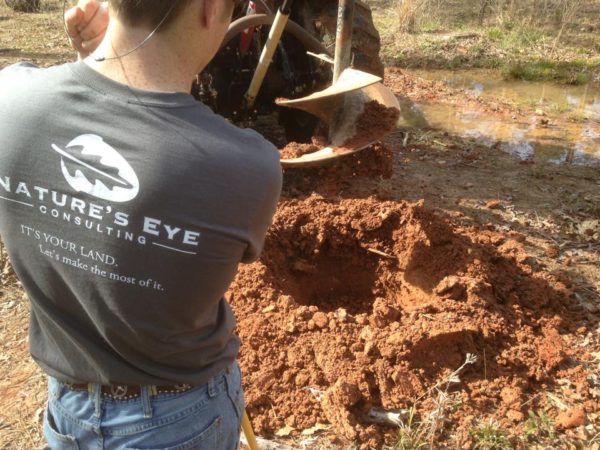
Planning Tree Planting on Your Land
All of these benefits hinge on a solid planting design and strategy. As with any habitat improvements, the first step is identifying your goals. If you’re looking to provide an extra food source for wildlife, you’ll want to identify which wildlife species you’re targeting, as well as the areas and season in which the food source is most needed.
If you’re just looking to “spruce” up the place a bit (pun intended), then you may be more concerned with the tree’s flowers or the brilliance of its fall colors. Once your goals are settled, you should make a point to take inventory of the trees already present on your property. This can give clues as to the species that are best suited for your area, as well as highlight any resource deficiencies that the current trees are allowing.
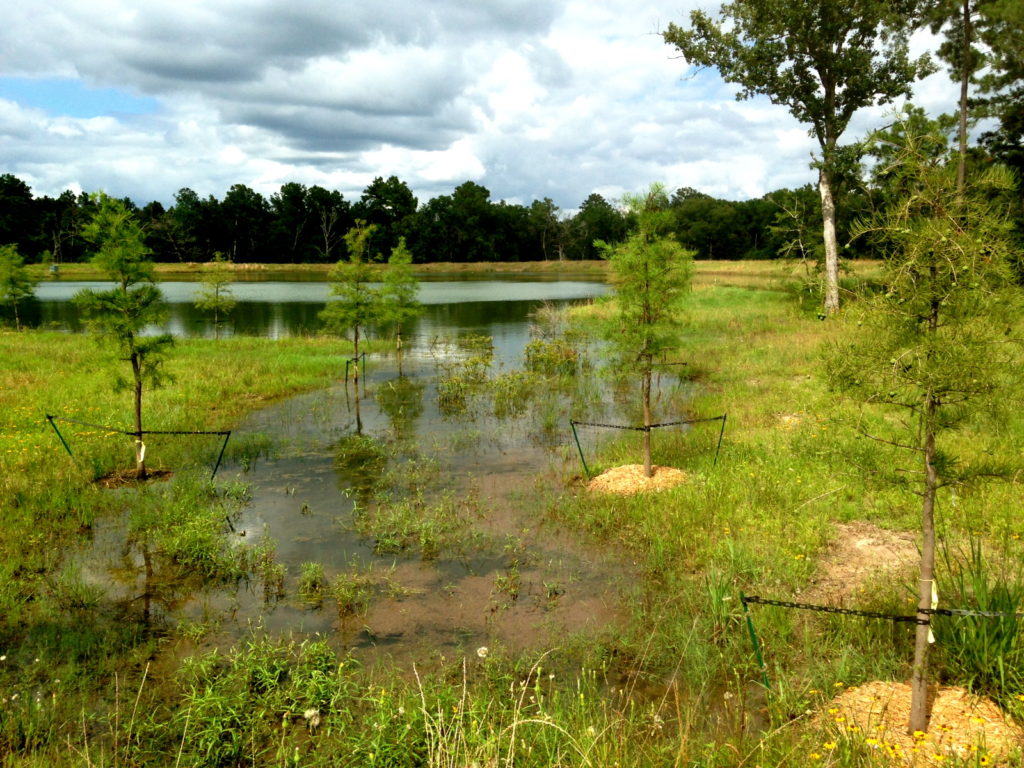
Knowing which trees are already out there and where they are will help determine desirable areas for planting. Identifying current land features will also help in planting design. You don’t have to start over; you can enhance what’s already there. You may already have some existing features and trees around which you can develop a planting design. All of this information guides us in building a strategy.
The most common tree types we use to increase wildlife food sources are oaks and fruit trees. Through modern advancements in genetics and propagation techniques, there are seedlings on the market that can begin producing mast within five years.
Planting more mature trees is also an option to speed up the process. A balanced variety of oaks and fruit trees can greatly enhance the nutrition available to the wildlife on your property. Acorns (or hard mast) produced by oaks provide protein, carbohydrates, and fats. Fruits (or soft mast) provide vitamins, sugars, and a source of supplemental moisture. Soil types and rainfall are the most important considerations when choosing tree species.
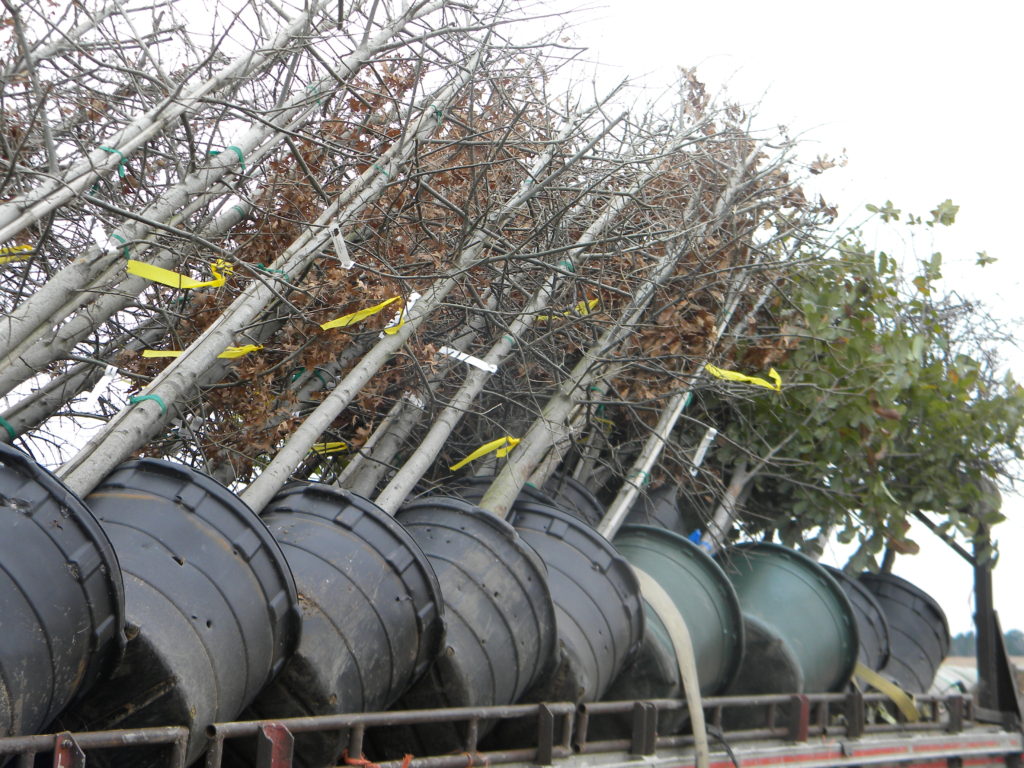
Planting species that best suit your site conditions is the best way to ensure survivability and abundant mast production. Choose a mix of species that have varying drop times spread throughout the year to create a sustainable crop of mast. From crabapples in July to Nuttall oaks in January, you can provide an ongoing feast for wildlife.
You can plant both types strategically in groups to create groves or orchards that will attract wildlife to certain areas. These spots are great locations for bow stands and trail cameras. When designing a fruit orchard, take wind direction into account. Position the orchard to send a fruit-scented breeze into known bedding areas, luring deer to your honey hole. Another method to integrate tree planting into your hunting strategy is to plant pockets of trees on field edges to influence wildlife movement by creating bottlenecks or funnels.
If aesthetics is your main concern, trees can instantly enhance the appearance of an entryway, driveway, or the yard around your cabin. You can also use trees to create visual barriers. These can be useful along heavily used roads or food plots. Blocking views of your property can decrease temptation for poachers. Visual barriers around food plots will create a greater sense of security for wildlife using the fields.

The success of any planting project rests on the planning, design, and follow-through. Nature’s Eye biologists can help with species selection, planting design, the actual planting process itself, and post-planting maintenance. We have solutions that can help you avoid wildlife/livestock damage and drought concerns.
We all have a memory of an outdoor experience or a hunt that involves a tree. Whether it’s a pecan tree in your backyard that you spent summers climbing, or a “killing tree” at your deer camp, those memories exist because those trees do. Plant some trees, and do your part to create the opportunity for those that come after you to have the same kinds of experiences. You’ll make better habitat while you’re at it.
